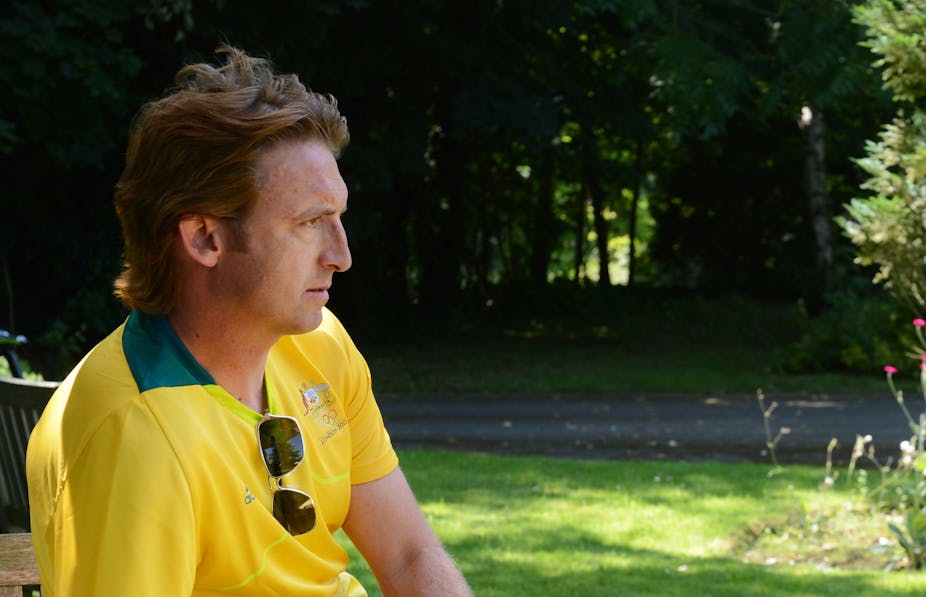Federal Sports Minister Kate Lundy’s recent announcement of an independent review of Cycling Australia appears sensible given the local fall-out from the Armstrong case.
The minister sees this review “as an opportunity to improve governance and anti-doping practices across the board,” and hopes it will restore public confidence and trust in the integrity of Australian cycling.
These are laudable aims, but one wonders about their feasibility given the tight review timelines – Senator Lundy wants recommendations before Christmas.
Also concerning is that post-Armstrong all we have heard from officials, policy makers, and past and present stars of Australian cycling are three familiar messages:
1) Those involved in drugs and doping have been caught, expelled, and should be forgotten.
2) We must re-double testing efforts, and increase penalties to keep the sport drug free.
3) Cycling is moving on and entering a new clean era.
We saw a similar stance eight years ago after the national scandal around the alleged use of equine growth hormone and steroids by cyclists at the Australian Institute of Sport. We had a review back then too. Little has changed since.
Unfortunately, Lundy has been reading from this “move along, nothing to see here” script ever since Australians Matt White and Stephen Hodge admitted to doping during their cycling careers.
For a brief moment, these admissions looked like setting a precedent for truth and honesty on drugs in Australian cycling. This was helped when some cycling officials flagged an amnesty to encourage frank admissions.
But the minister stymied any possibility of this by installing a new memorandum of understanding between the Australian Sports Anti-Doping Authority and the Australian Crime Commission. A “tougher on drugs” approach is looming in Australia for cycling and sport generally. Greater investigative powers for the Australian Sports Anti-Doping Authority have been proposed, giving it a bigger stick in dealing with suspects and witnesses.
Surely one thing the Armstrong case has taught us is how the spectre of criminalising drugs in sport can result in widespread collateral damage.
Moving on quickly from the Armstrong episode to minimise damage to Australian cycling makes sense. However, a rushed integrity review is no way to inform policy, and it won’t get us to the truth of drugs and doping in Australian cycling.
A better way forward here is to pause and consider the lessons of history.
Few people realise that at least 16 Australian cyclists have tested positive or admitted to the use of banned substances since the 1960s. This issue has touched some of our biggest stars in track, road and paralympic cycling.
These are not large numbers considering the total number of cyclists ever to compete in Australia. But even the staunchest drug testing advocates acknowledge that the incidence of positive tests is the tip of the doping iceberg.
However, beyond the numbers, the history and context around the positive tests reveals a truth that is much more informative for policy.
The historical record shows that doping in European and US cycling was discussed publicly in Australia from the early 1900s - informed by our journalists, cyclists, and cycling officials who had witnessed it first hand while abroad.
It also appears doping was happening in Australian cycling a long time before drug testing started. Some 78 years ago a cycling official said of allegations of drugs in the 1934 Tour of Gippsland, “We all know that doping has been going on for years”. Early newspaper reports also reveal doping as sabotage in Australia – one rider was allegedly drugged to prevent him winning the 1894 Austral Wheel Race.
Over the years, “doping” in Australian cycling has moved from sedatives and alcohol as pain and muscle relief, stimulants for pace and endurance, testosterone and steroids for strength, to erythropoietin to boost blood oxygen.
This pattern is explained in part by the transfer of ideas and behaviour from the growing number of internationals travelling here post-WWII for our lucrative road and track races, and likewise the increasing number of Australian cyclists who competed abroad from the 1950s.
The key policy lesson here is that the substances we choose and the way we use them is informed by the historical context, and the environment, cultures, and people around us. Drug use in cycling, like drugs in other sports and societal domains, is never just about one individual in a vacuum.
Similarly, the history behind the positive tests reveals that doping choices are rarely just about the desire to win or gain advantage. Such choices are motivated by a complex range of factors including the quest for improvement and enhancement, pain management, recovery, career longevity, economic gains, and the desire to belong.
Today’s leaders and officials in Australian cycling should take the time to understand these factors, and the environmental and systemic conditions that facilitate them. This is the best way to develop informed and effective responses to the issue of drugs in cycling in this country.

